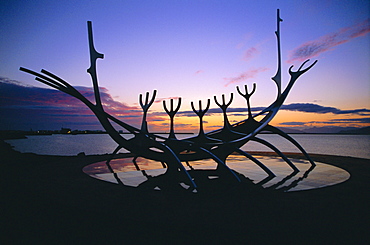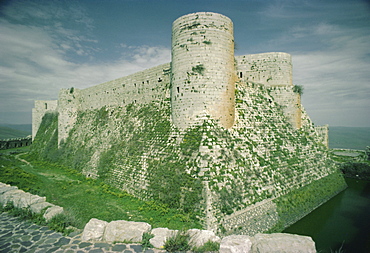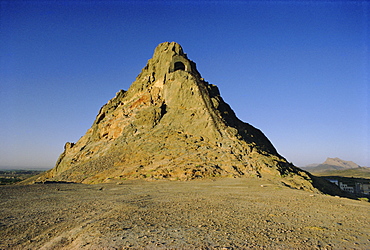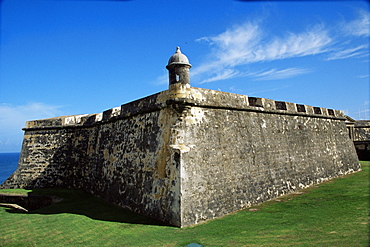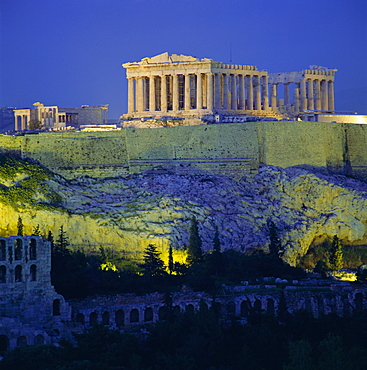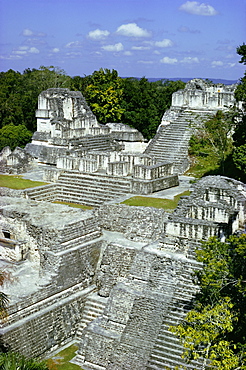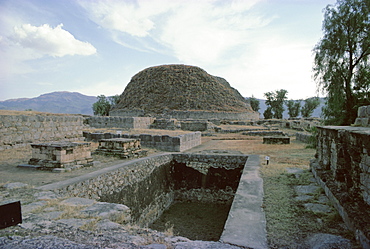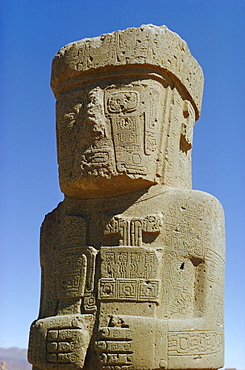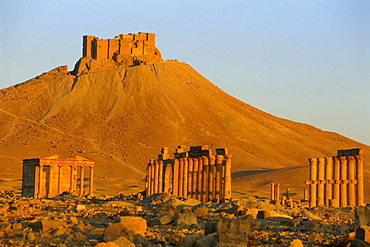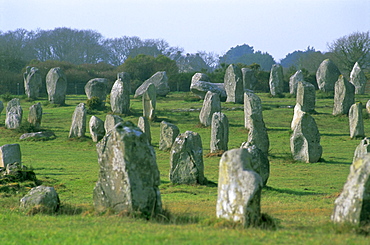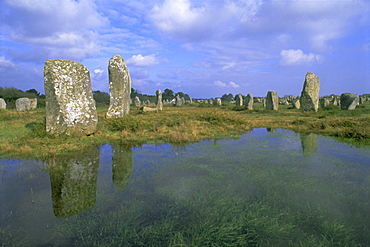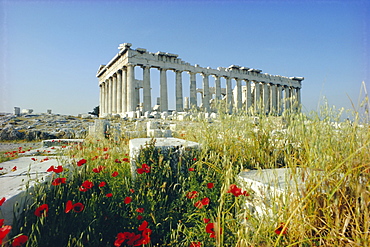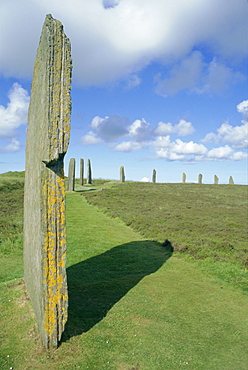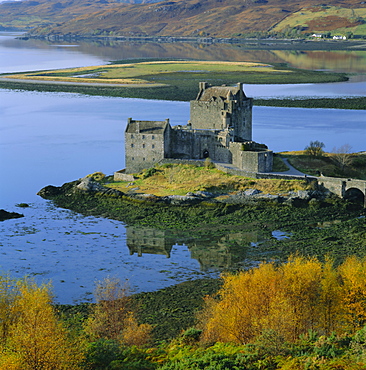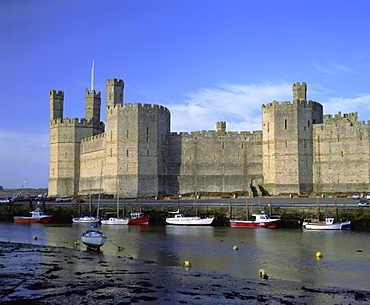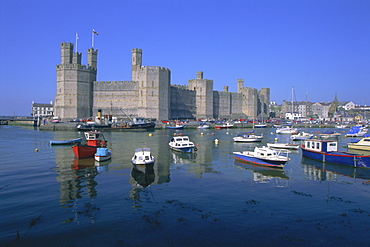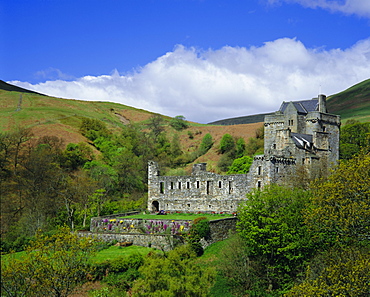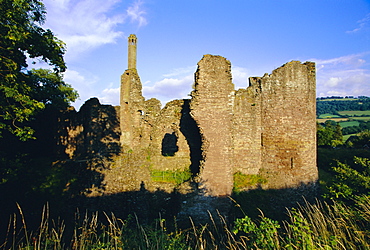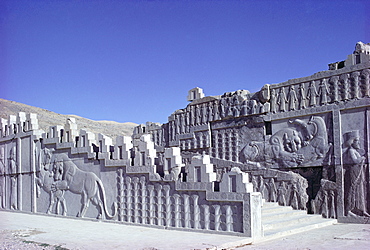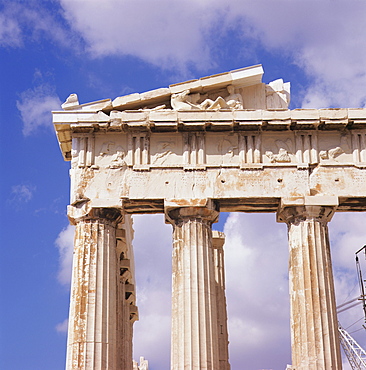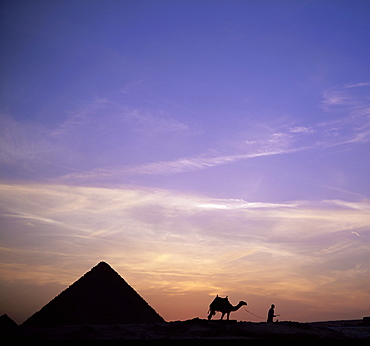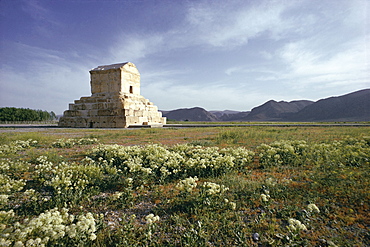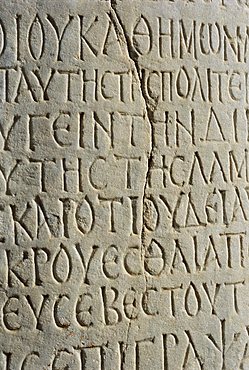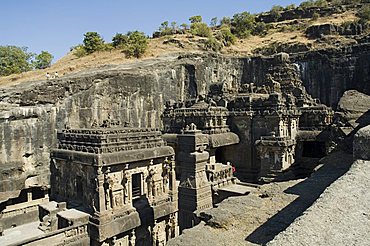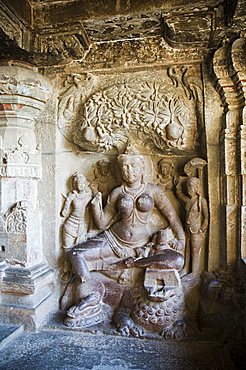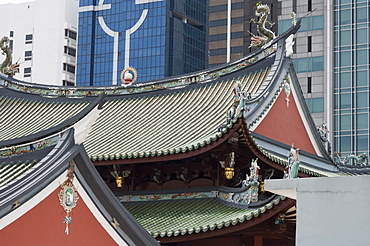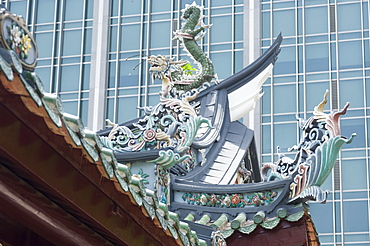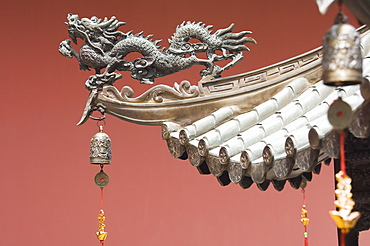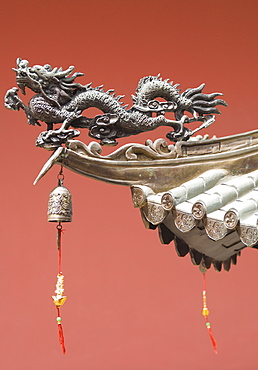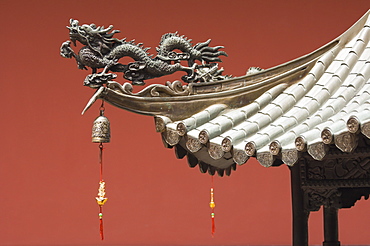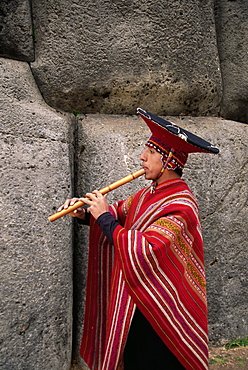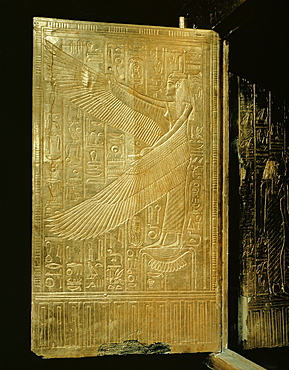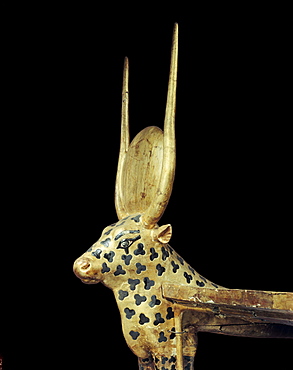Results
« Previous 1 2 3 4 5 … 39 Next »
3895 results found
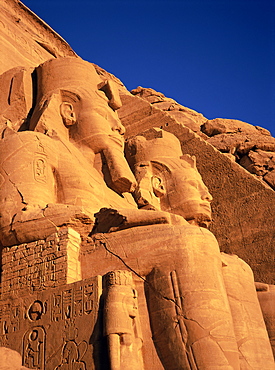
Large carved seated statues of the pharaoh, Temple of Rameses II (Ramasses II) (Ramses the Great), Abu Simbel, UNESCO World Heritage Site, Nubia, Egypt, North Africa, Africa
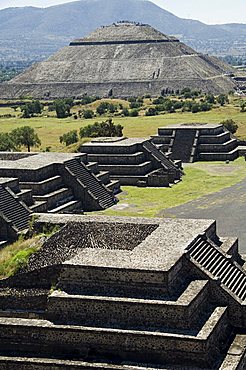
View from Pyramid of the Moon of the Avenue of the Dead and the Pyramid of the Sun in background, Teotihuacan, 150AD to 600AD and later used by the Aztecs, UNESCO World Heritage Site, north of Mexico City, Mexico, North America
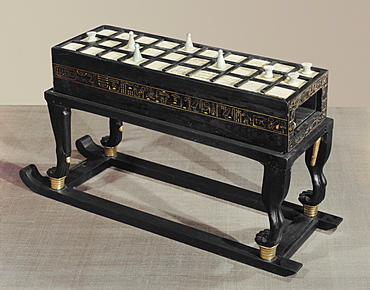
A board game of senet, in ebony and ivory, from the tomb of the pharaoh Tutankhamun, discovered in the Valley of the Kings, Thebes, Egypt, North Africa, Africa
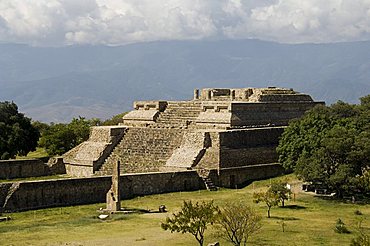
Building 5 at the ancient Zapotec city of Monte Alban, near Oaxaca City, Oaxaca, Mexico, North America
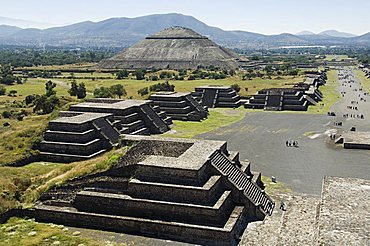
View from Pyramid of the Moon of the Avenue of the Dead and the Pyramid of the Sun in background, Teotihuacan, 150AD to 600AD and later used by the Aztecs, UNESCO World Heritage Site, north of Mexico City, Mexico, North America
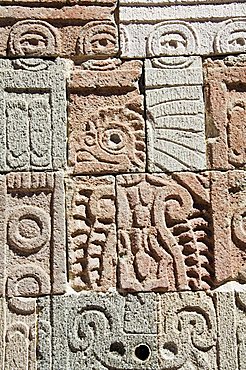
Columns depicting the Quetzal Bird, Palace of the Quetzal Butterfly, Teotihuacan, 150AD to 600AD and later used by the Aztecs, UNESCO World Heritage Site, north of Mexico City, Mexico, North America
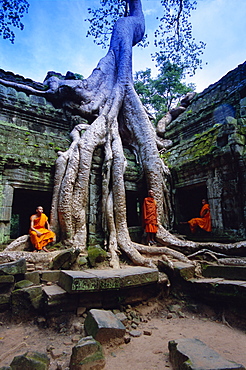
Monks in the Ta Prohm Temple, Angkor, UNESCO World Heritage Site, Siem Reap, Cambodia, Indochina, Asia
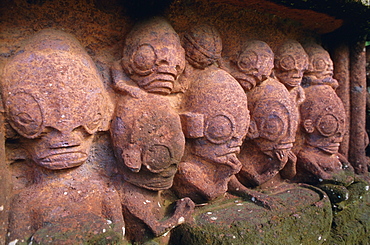
Ancient me'ac (Maori temple), Taiohae Bay, Nuku Hiva Island, Marquesas Islands archipelago, French Polynesia, South Pacific Islands, Pacific
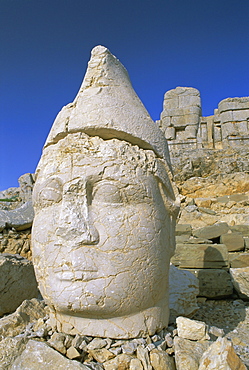
Ancient carved heads of gods on summit of Mount Nemrut, Nemrut Dagi (Nemrut Dag), UNESCO World Heritage Site, Anatolia, Turkey, Asia Minor, Asia
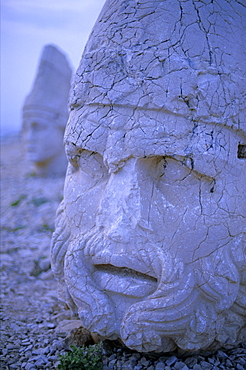
Ancient carved heads of gods on summit of Mount Nemrut, Nemrut Dagi (Nemrut Dag), UNESCO World Heritage Site, Anatolia, Turkey, Asia Minor, Asia

Panoramic view of the town of Uchisar with its old houses and ancient cave dwellings in the volcanic tufa, Cappadocia, Anatolia, Turkey, Asia Minor, Asia

Panoramic view of ancient cave dwellings in the volcanic tufa formations, Uchisar, Cappadocia, Anatolia, Turkey, Asia Minor, Asia

Panoramic view of tufa formations near the town of Uchisar, Cappadocia, Anatolia, Turkey, Asia Minor, Asia

Ancient carved stone heads, Nemrut Dagi (Nemrut Dag), on summit of Mount Nemrut, UNESCO World Heritage Site, Cappadocia, Anatolia, Turkey, Asia Minor, Asia
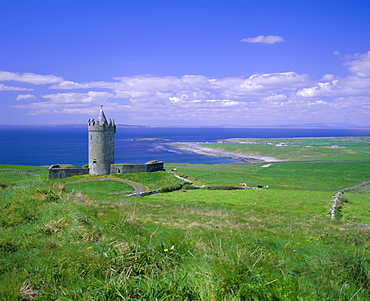
Doolin Tower, Doonagore Catle and South Sound, County Clare (Co. Clare), Munster, Republic of Ireland (Eire), Europe
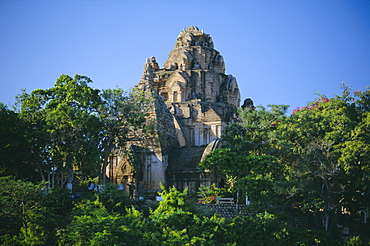
Cham Towers of Po Nagar, built between 7th and 12th centuries by the Cai River, Nha Trang, Vietnam, Indochina, Southeast Asia, Asia
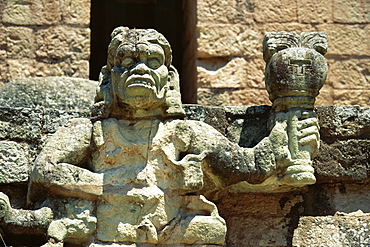
The Mayan rain god Chac, holding burning torch showing his power to withhold or dispense rain, in west court of the Mayan ruins at Copan, UNESCO World Heritage Site, western highlands, Honduras, Central America
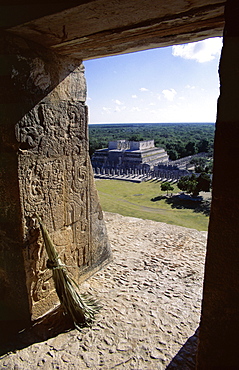
View from the Castle (El Castillo), Mayan pyramid, to Temple of the Warriors and jungle in distance, Chichen Itza, UNESCO World Heritage Site, Yucatan, Mexico, Central America
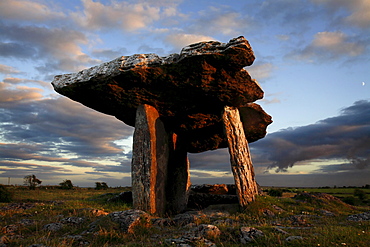
Poulnabrone dolmen megalithic tomb, Burren, County Clare, Munster, Republic of Ireland (Eire), EuropeThe Burren (from Irish: Boireann, meaning - great rock) is a unique karst landscape in northwest County Clare, Ireland. The limestone area measures 300 square kilometres and is roughly enclosed within the circle comprised by the villages Ballyvaughan, Kinvarra, Gort, Corrofin, Kilfenora, Lisdoonvarna and the Black Head lighthouse. The definitive article (ie "The" Burren) has only been added to the name by academics in the last few decades as it has always been traditionally called Boireann or Boirinn in Irish and Burren in English.
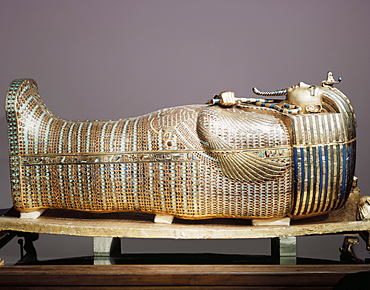
The second mummiform coffin made from gold-plated wood inlaid with glass-paste, from the tomb of the pharaoah Tutankhamun, discovered in the Valley of the Kings, Thebes, Egypt, North Africa, Africa
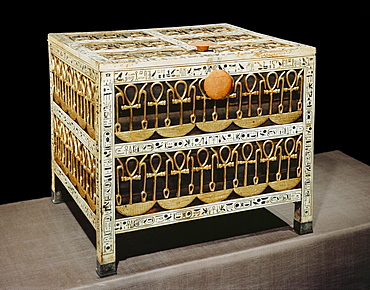
Coffer from the treasury, made from wood and ivory with applied gold and silver, from the tomb of the pharaoh Tutankhamun, discovered in the Valley of the Kings, Thebes, Egypt, North Africa, Africa
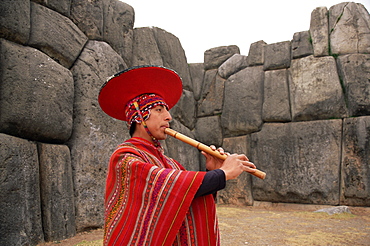
Portrait of a Peruvian man playing a flute, Inca ruins of Sacsayhuaman, near Cuzco, Peru, South America
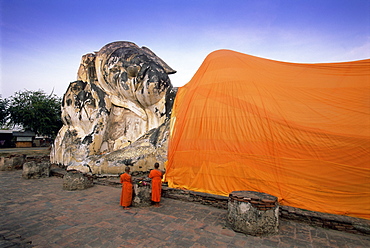
Two novice Buddhist monks in front of a statue of the reclining Budha, Wat Lokayasutharam, Ayuthaya Historical Park, Ayuthaya (Ayutthaya), UNESCO World Heritage Site, central Thailand, Thailand, Southeast Asia, Asia
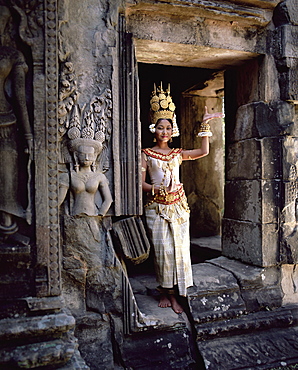
Traditional Cambodian apsara dancer, temples of Angkor Wat, UNESCO World Heritage Site, Siem Reap Province, Cambodia, Indochina, Southeast Asia, Asia
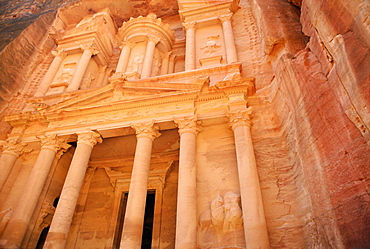
Facade of the Treasury (El Kazneh), Nabatean archaeological site, Petra, UNESCO World Heritage Site, Jordan, Middle East
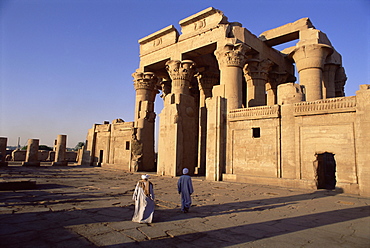
Forecourt and pylon, Temple of Sobek and Haroeris, archaeological site, Kom Ombo, Egypt, North Africa, Africa
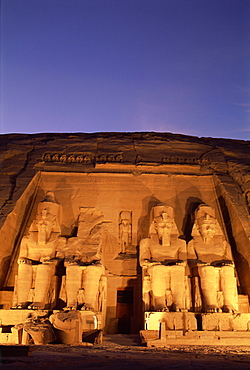
Floodlit temple facade and colossi of Ramses II (Ramesses the Great), Abu Simbel, UNESCO World Heritage Site, Nubia, Egypt, North Africa, Africa

Roman theatre, archaeological site of Leptis Magna, UNESCO World Heritage Site, Tripolitania, Libya, North Africa, Africa
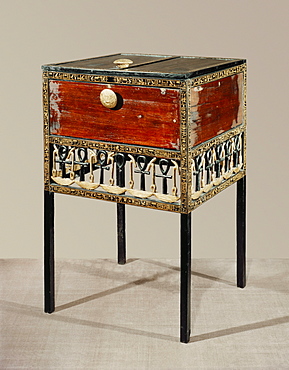
Cedarwood and gilded ebony cabinet decorated with hieroglyphic symbols ensuring divine life, from the tomb of the pharaoh Tutankhamun, discovered in the Valley of the Kings, Thebes, Egypt, North Africa, Africa
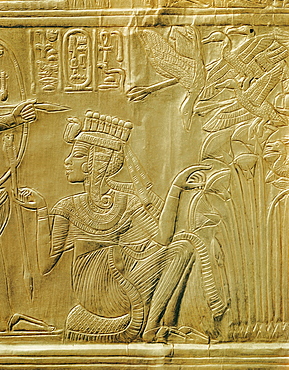
Detail of queen Ankhesenamun on the gilded shrine, from the tomb of the pharoah Tutankhamun, discovered in the Valley of the Kings, Thebes, Egypt, North Africa, Africa

Gilt wood statuette of Tutankhamun on a boat with a harpoon, from the tomb of the pharaoh Tutankhamun, discovered in the Valley of the Kings, Thebes, Egypt, North Africa, Africa
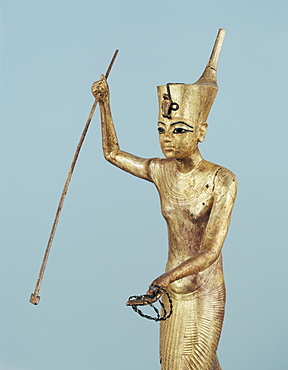
Gilt wood statuette of Tutankhamun on a boat with a harpoon, from the tomb of the pharaoh Tutankhamun, discovered in the Valley of the Kings, Thebes, Egypt, North Africa, Africa

Gilt wood statuette of the king, from the tomb of the pharaoh Tutankhamun, discovered in the Valley of the Kings, Thebes, Egypt, North Africa, Africa
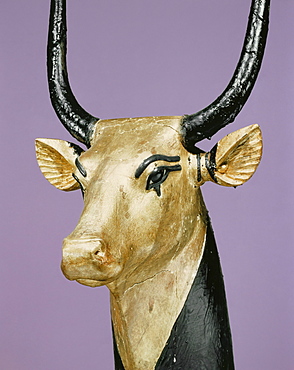
Gilded and stuccoed wooden head of the sacred cow, from the tomb of the pharaoh Tutankhamun, discovered in the Valley of the Kings, Thebes, Egypt, North Africa, Africa
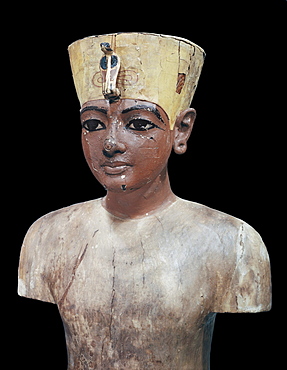
Dummy head of the young king, made from stuccoed and painted wood, from the tomb of the pharaoh Tutankhamun, discovered in the Valley of the Kings, Thebes, Egypt, North Africa, Africa
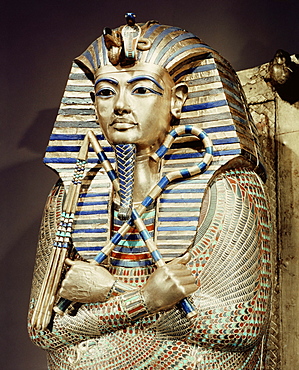
Detail of the second mummiform coffin made from gold-plated wood inlaid with glass-paste, from the tomb of the pharaoh Tutankhamun, discovered in the Valley of the Kings, Thebes, Egypt, North Africa, Africa
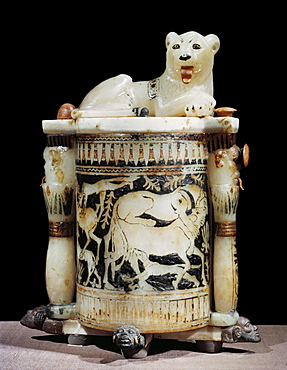
Painted alabaster unguent jar showing hunting scene, with the king as a lion, from the tomb of the pharaoh Tutankhamun, discovered in the Valley of the Kings, Thebes, Egypt, North Africa, Africa
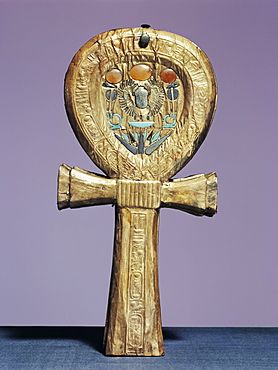
Mirror case in the form of an ankh, the sign of life, made of gilt wood inlaid with glass-paste, from the tomb of the pharaoh Tutankhamun, discovered in the Valley of the Kings, Thebes, Egypt, North Africa, Africa
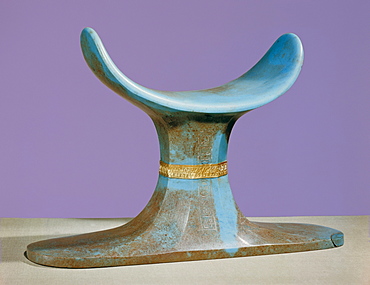
Opaque blue glass-paste funerary headrest with gold frieze, from the tomb of the pharaoh Tutankhamun, discovered in the Valley of the Kings, Thebes, Egypt, North Africa, Africa
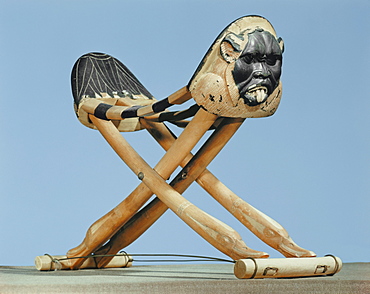
Folding headrest in painted ivory decorated with the head of the protective spirit Bes, from the tomb of the pharaoh Tutankhamun, discovered in the Valley of the Kings, Thebes, Egypt, North Africa, Africa
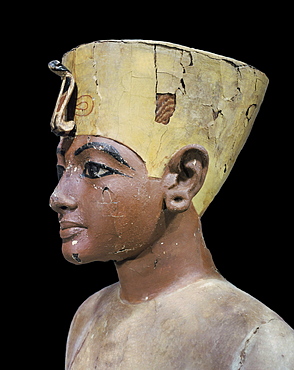
Dummy head of the young king, made from stuccoed and painted wood, from the tomb of the pharaoh Tutankhamun, discovered in the Valley of the Kings, Thebes, Egypt, North Africa, Africa

Pectoral decorated with the vulture of Upper Egypt, made of gold cloisonne inlaid with glass paste, from the tomb of the pharaoh Tutankhamun, discovered in the Valley of the Kings, Thebes, Egypt, North Africa, Africa
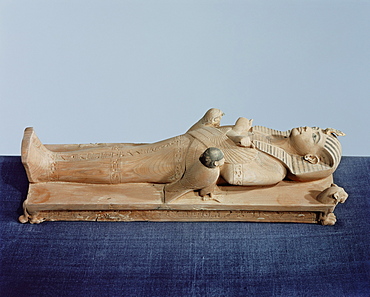
Image of the king's mummy on its funeral bed flanked by the king's two souls, dedicated by Maya, from the tomb of the pharoah Tutankhamun, discovered in the Valley of the Kings, Thebes, Egypt, North Africa, Africa
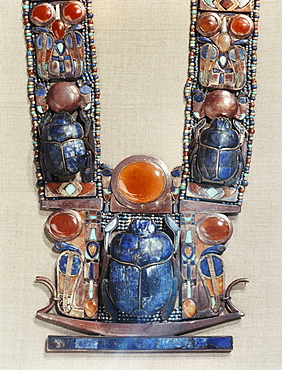
Pendant in the form of a boat showing a scarab, the symbol of the god's resurrection, flanked by two royal serpents, from the tomb of the pharaoh Tutankhamun, discovered in the Valley of the Kings, Thebes, Egypt, North Africa, Africa
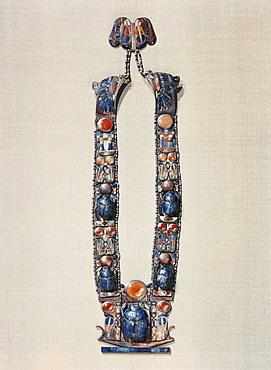
Necklace with pendant in the form of a boat showing a scarab, the symbol of the god's resurrection, flanked by two royal serpents, from the tomb of the pharaoh Tutankhamun, discovered in the Valley of the Kings, Thebes, Egypt, North Africa, Africa
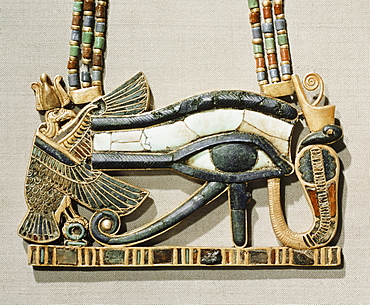
Pectoral of the sacred eye flanked by the serpent goddess of the North and the vulture goddess of the South, made from gold cloisonne with glass-paste, from the tomb of the pharaoh Tutankhamun, discovered in the Valley of the Kings, Thebes, Egypt, North Africa, Africa
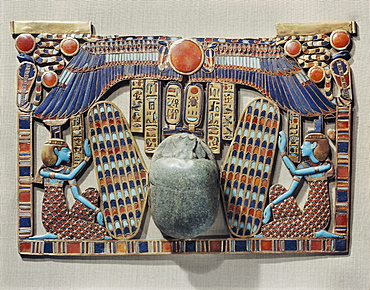
Pectoral decorated with winged scarab, protected by the goddesses Isis and Nephthys, made from gold cloisonne with glass-paste, from the tomb of the pharaoh Tutankhamun, discovered in the Valley of the Kings, Thebes, Egypt, North Africa, Africa
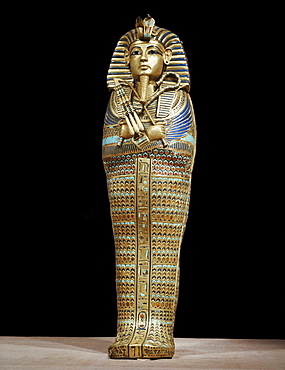
One of the four small gold mummiform coffins placed in the canopic urns, from the tomb of the pharaoh Tutankhamun, discovered in the Valley of the Kings, Thebes, Egypt, North Africa, Africa
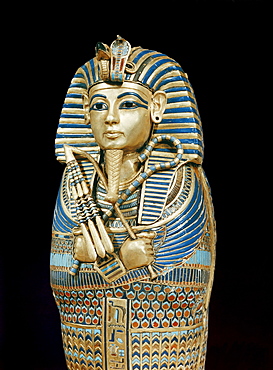
One of the four small gold mummiform coffins placed in the canopic urns, from the tomb of the pharaoh Tutankhamun, discovered in the Valley of the Kings, Thebes, Egypt, North Africa, Africa
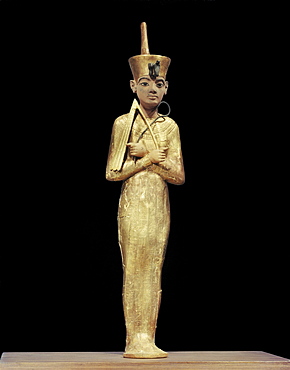
Ushabti of Tutankhamun, showning king wearing the red crown of the North, from the tomb of the pharaoh Tutankhamun, discovered in the Valley of the Kings, Thebes, Egypt, North Africa, Africa
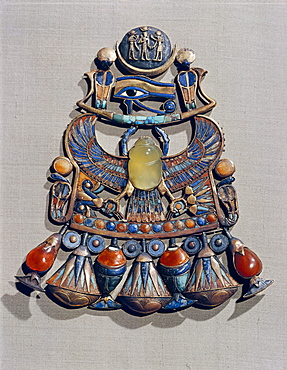
Pectoral in gold cloisonne with semi-precious stones and glass-paste, with winged scarab, symbol of resurrection, in centre, from the tomb of the pharaoh Tutankhamun, discovered in the Valley of the Kings, Thebes, Egypt, North Africa, Africa

Pendant in gold cloisonne depicting Nekhabet, vulture-goddess of the South, from the tomb of the pharaoh Tutankhamun, discovered in the Valley of the Kings, Thebes, Egypt, North Africa, Africa
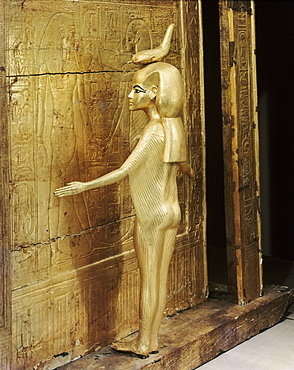
Statue of the goddess Serket protecting the canopic chest or shrine, from the tomb of the pharaoh Tutankhamun, discovered in the Valley of the Kings, Thebes, Egypt, North Africa, Africa
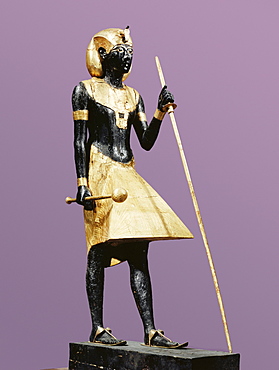
Life size statue of Tutankhamun made from black wood with applied gilded plaster, from the tomb of the pharaoh Tutankhamun, discovered in the Valley of the Kings, Thebes, Egypt, North Africa, Africa
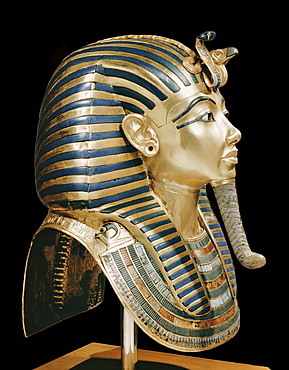
Tutankhamun's funeral mask in solid gold inlaid with semi-precious stones and glass-paste, from the tomb of the pharaoh Tutankhamun, discovered in the Valley of the Kings, Thebes, Egypt, North Africa, Africa

Tutankhamun's funeral mask in solid gold inlaid with semi-precious stones and glass-paste, from the tomb of the pharaoh Tutankhamun, discovered in the Valley of the Kings, Thebes, Egypt, North Africa, Africa
